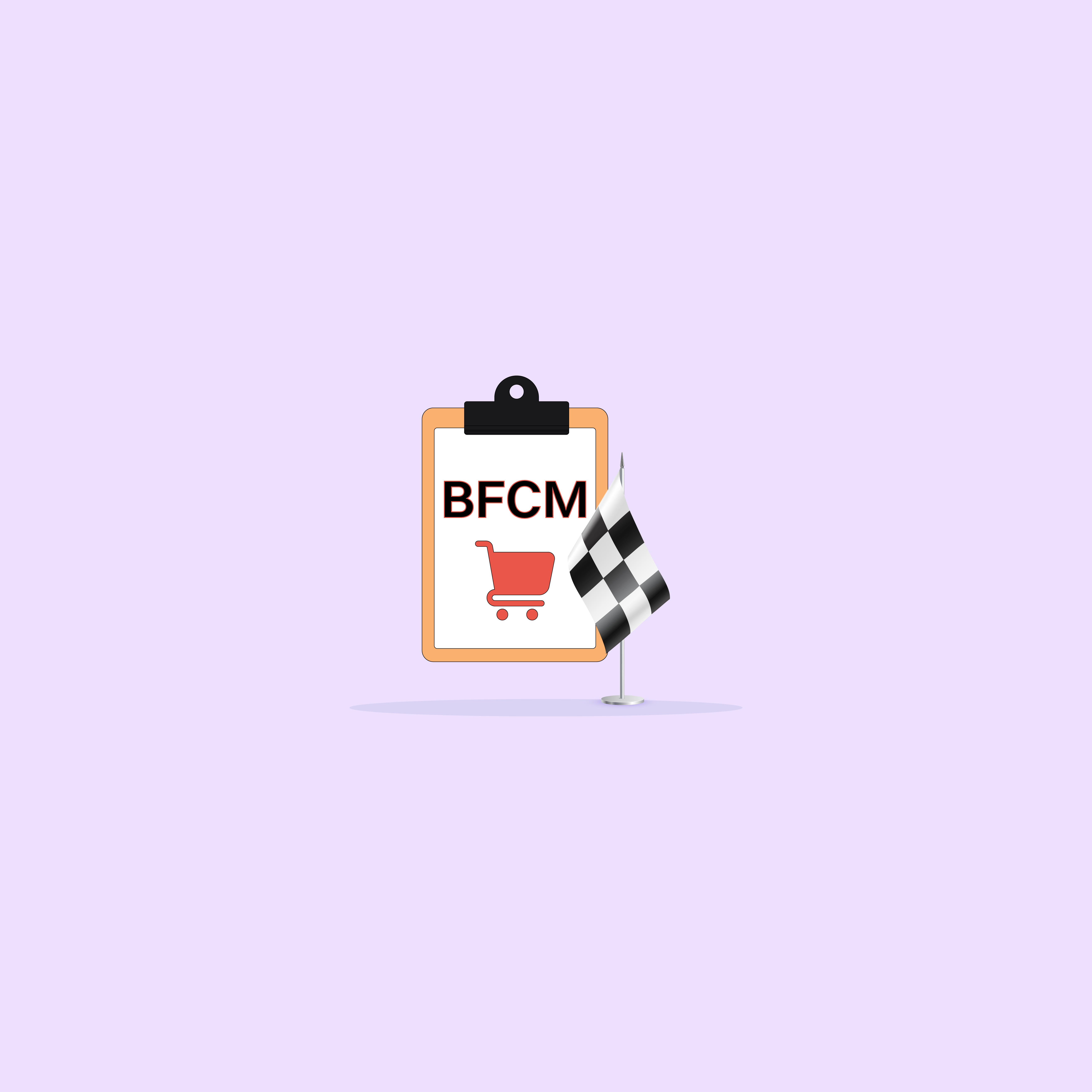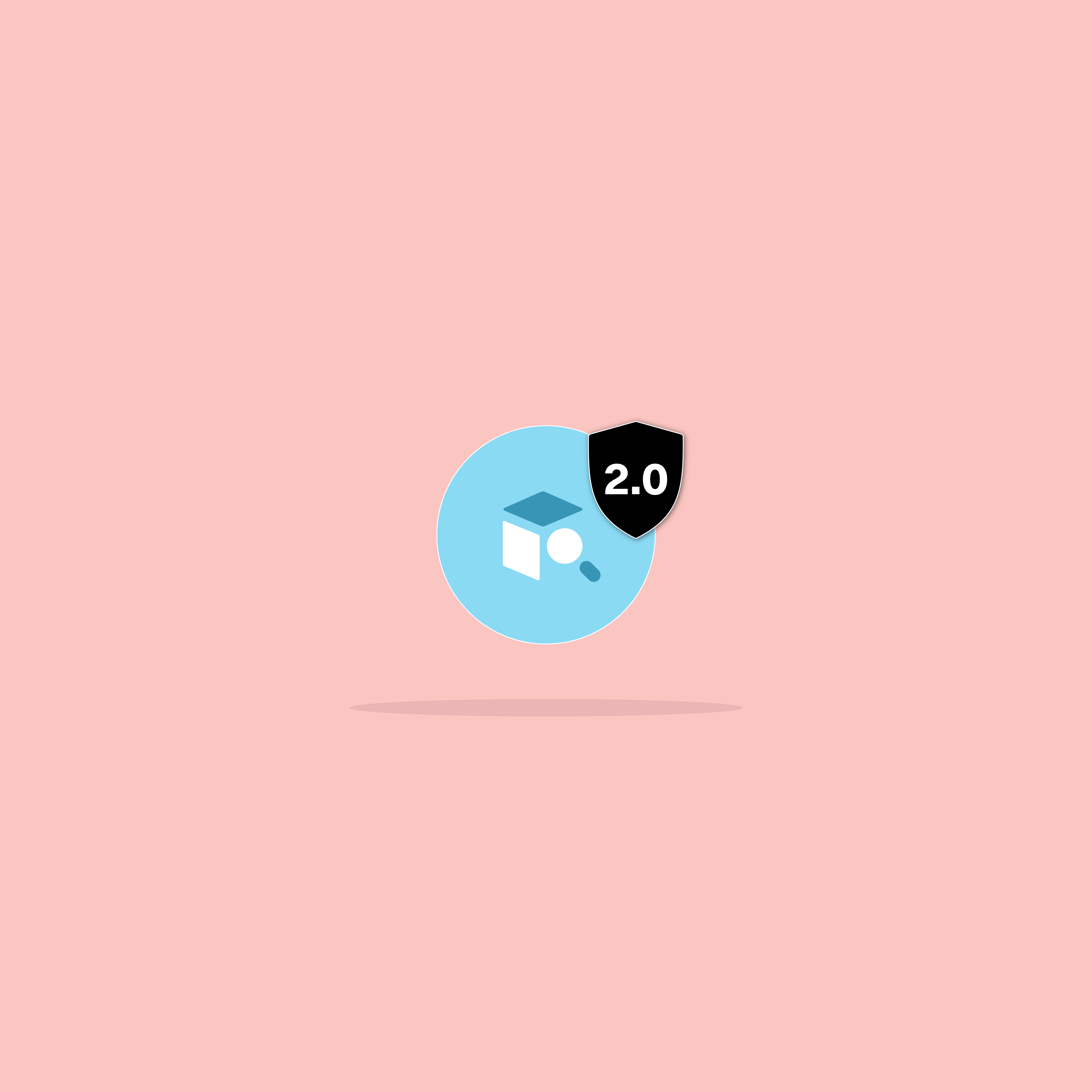Our websites use cookies. By continuing, we assume your permission to deploy cookies as detailed in our Privacy Policy.
5 Writing Techniques to Improve Ecommerce Personalization
Writing copy for ecommerce stores goes far beyond simple product descriptions. You can’t just describe what your products are. In fact, if you do that, you’ll be lucky to sell anything at all. Why?
Because nobody wants to be sold to. People don’t like hard sales pitches. Moreover, it’s dull and uninspired. And that kind of writing won’t catch anyone’s attention. Even the best copywriters can make big mistakes when writing for ecommerce sites, falling foul of trying too hard to sell the products. Many of them don’t understand a very important concept of ecommerce writing:
Your products should practically sell themselves through excellent marketing copywriting. This is facilitated by various writing techniques, many of which center around ecommerce personalization. With clever wording, you can offer personalized product recommendations that are simply irresistible to your prospects.
So, just what are these techniques and how can you leverage them to your advantage?
5 Examples of Winning Wordplay in Ecommerce Personalization
Great copywriting is much more than filler material. It is real marketing muscle, which your company can use to charm, convince and convert your site visitors, turning them into loyal customers. You just need to know how to use it. Here’s how:
1. Focus on Your Ideal Customer
In such a crowded sphere, you’ve got to go niche. Vague, wishy-washy writing that doesn’t target anyone in particular won’t get much traction. The best kind of ecommerce writing ensure your company’s voice to the customer is right, which means addressing your ideal customer directly. You use language and phrasing that they use, in a tone that resonates with them on a personal level.
Your writing comes across as a casual conversation with a friend, rather than a company trying to sell something to a customer. To do this effectively, it’s important to understand your ideal customer. What kind of humor do they like? What words do they use or like? What words don’t they like? What questions or concerns might they have?
The shoe company, Everlane, nailed this technique, where they use familiar phrases like “take your usual size” and also casual language like, “All. Damn. Day.” Make online shoppers feel as if they are talking to a friend, not a money-hungry business.
2. Highlight the Benefits
A lot of companies waste too much text talking about features. Sure, you can geek on the specs in your own time, but to really engage your customers, you need to focus more on the benefits of these features. How does it help the customer?
Look at this example from Zappos. (Another shoe company!) This shoe doesn’t just have deerskin lining. Instead, it has deerskin lining that offers a more comfortable in-shoe feel. It doesn’t have a midsole. It has an EVA midsole for added comfort and greater flexibility.
Depending on your product, you can look to highlight the gains in happiness, health, or productivity. By tying benefits to the features, you let the customer know exactly what is in it for them. You’re selling more than a product. You’re selling an experience. That’s what good ecommerce personalization is all about it.
3. Brand Storytelling
Storytelling is embedded in human nature. We’ve been doing since the dawn of time, and today, 65% of our daily communication involves some form of storytelling. Research indicates that whenever people hold a product, their desire to actually own it will increase.
One of the reasons that storytelling is so useful in ecommerce is because people can’t physically hold your products. Therefore, it is up to the copywriting to weave imagination and visualization into your marketing.
Imagine this: You pull the jacket on, zipping it all the way up. Immediately, the warmth rushes throughout your body as you feel the plush fur on your bare arms, caressing your skin. The goose pimples fade as you pull the fur hood over your head, fixing it snugly around your ears. Peeking out from the hood, you smile to yourself as the jacket encapsulates you. Feeling warm, snug and safe, you have nothing to fear now. Opening the door, you smile at the snow, and march confidently into the blizzard. Mini-stories like this capture the imagination, allowing customers to imagine how it feels to own your products.
4. Use Sensory Language
If you’ve ever seen any television advert for food, then you’ll know what sensory language is. Sensory adjectives add weight to your writing because they create a more vivid reading experience. Instead of telling your customer that your chocolate is very tasty, tell them it’s smooth and velvety.
This Jamaican resort, Secret Escapes, uses sensory language to great effect. They use words like ‘lush tropical greenery’, ‘warm waters’, and ‘icing-sugar sands’to stir the reader’s imagination. You can almost feel like you are right there!
5. Use Scarcity
The fear of missing out (FOMO) is a very real thing, mostly among the younger demographic. Studies show that FOMO drives 60% of millennials to make impulsive purchases. Instead of only saying “You might like these too” try saying “Your last chance to complete a perfect look,” to create scarcity. Many companies are already doing it, such as the shirt company, Mizzen+Main. Instead of telling people to come “Check out our new shirts online” they create urgency by saying “they’re going quick!”
Boost Ecommerce Personalization with Widget Complementation
Clever copywriting is a big part of successful ecommerce. With the techniques described in this article, you’ll be able to capture the imagination of your ideal customer, and speak to them in a language they will readily engage in. To add to the effect, consider the UX on your ecommerce store.
How can the widgets complement the theme or your brand voice? If you’re selling craft beers, perhaps you can get widgets designed like bottles. The little touches count, and come together to create a better experience for your site visitors. And that experience is what people will pay for.








